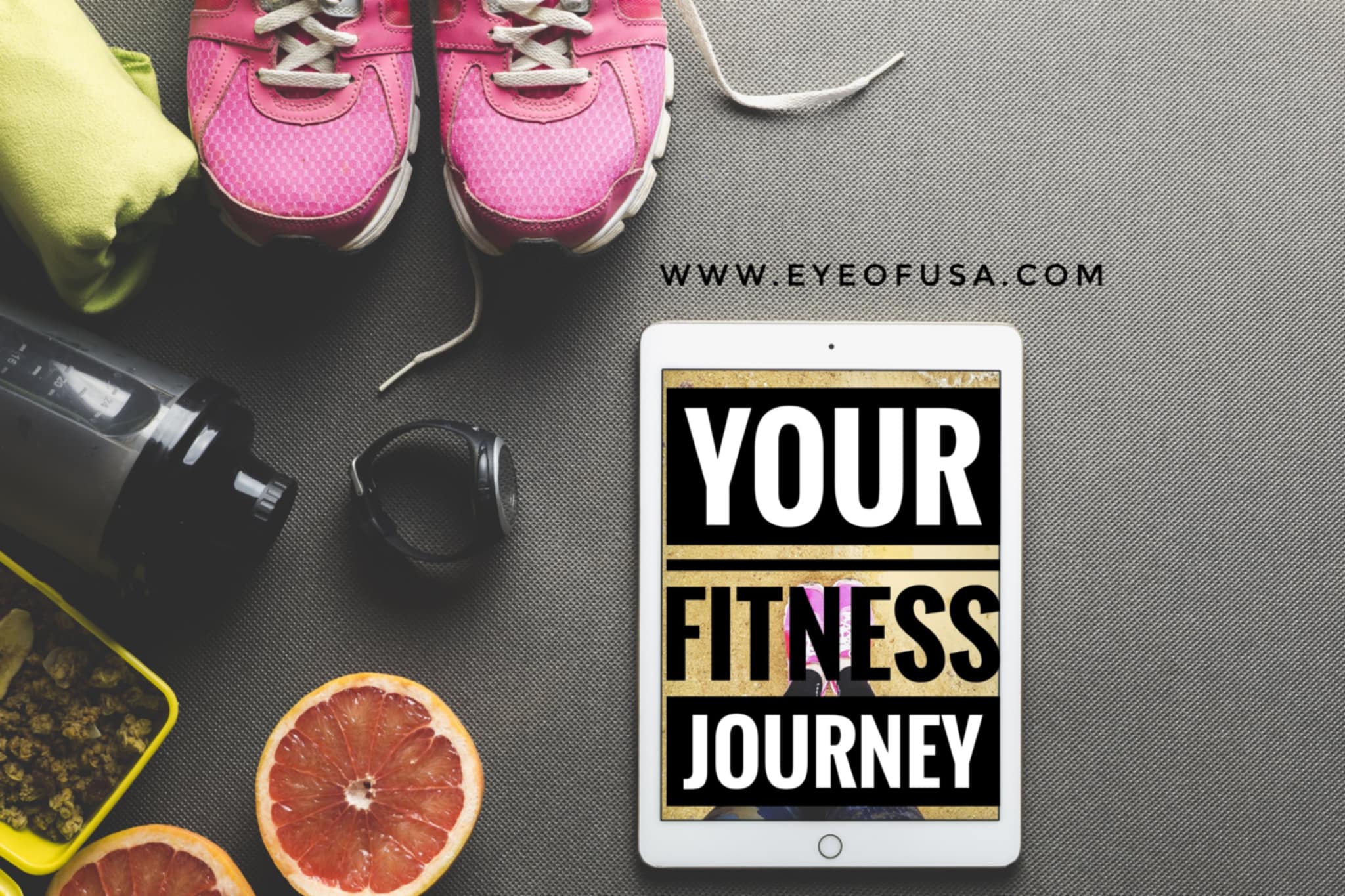At-Home Strength Training Without Equipment: A Complete Guide
Introduction
What is at-home strength training without equipment?
At-home strength training without equipment refers to exercises you can do using your body weight, rather than relying on machines or weights. This type of workout is not only convenient but also highly effective for building muscle, increasing strength, and improving overall fitness. Whether you’re just starting out or are an experienced fitness enthusiast, bodyweight exercises are a great way to challenge your body and achieve your fitness goals from the comfort of your home.
Benefits of Strength Training Without Equipment
Why should I do strength training without equipment?
Strength training without equipment offers numerous benefits:
Improved Muscle Tone: Bodyweight exercises engage multiple muscle groups, helping to tone and strengthen your entire body.
Increased Flexibility and Mobility: Many bodyweight movements involve a full range of motion, improving flexibility and joint health.
Convenience and Flexibility: You don’t need to go to the gym or buy equipment. You can work out anywhere, at any time.
Cost-Effective: There’s no need to invest in expensive equipment or gym memberships. Your body weight is all you need!
Key Muscle Groups to Focus On in At-Home Strength Training
Which muscles can I target with bodyweight exercises?
When doing at-home strength training without equipment, focus on the following muscle groups to achieve a balanced workout:
Upper Body: Push-ups and tricep dips work your arms, shoulders, and chest.
Core: Planks, sit-ups, and leg raises target your abdominal muscles and obliques.
Lower Body: Squats, lunges, and glute bridges are great for strengthening your legs and glutes.
Full Body: Exercises like burpees and mountain climbers engage multiple muscle groups for a total-body workout.
Effective At-Home Strength Training Exercises (No Equipment Needed)
What are the best at-home exercises without equipment?
Here are some of the most effective bodyweight exercises that require no equipment:
Push-ups: A classic upper-body exercise that targets your chest, shoulders, and arms. Start with regular push-ups, and once you’re comfortable, try variations like incline or decline push-ups for more intensity.
Squats: An essential lower-body exercise that works your quads, hamstrings, and glutes. Ensure proper form by keeping your back straight and knees behind your toes.
Lunges: A great exercise for targeting your legs and glutes. You can increase intensity by adding walking lunges or jumping lunges.
Planks: Excellent for building core strength. Keep your body in a straight line from head to toe, and avoid letting your hips drop.
Glute Bridges: Strengthens your glutes and hamstrings. To add more challenge, try single-leg glute bridges.
Mountain Climbers: This exercise is perfect for a full-body workout, improving both strength and cardiovascular endurance.
Sample At-Home Strength Training Routine (No Equipment)
How can I create a workout routine without equipment?
Here’s a beginner-friendly routine you can follow at home, no equipment needed:
Beginner Routine (10-15 minutes):
Push-ups (3 sets of 10)
Squats (3 sets of 15)
Planks (hold for 20 seconds, 3 rounds)
Glute Bridges (3 sets of 12)
Intermediate to Advanced Routine (20-30 minutes):
Push-ups (4 sets of 15)
Lunges (3 sets of 12 per leg)
Planks (hold for 30 seconds, 3 rounds)
Mountain Climbers (3 sets of 30 seconds)
Burpees (3 sets of 10)
Tips for Effective At-Home Strength Training Without Equipment
How can I get the most out of my at-home strength training?
To maximize the effectiveness of your at-home workouts:
Focus on Form: Proper form is crucial to avoid injury and ensure you’re targeting the right muscles.
Be Consistent: Aim to work out at least 3-4 times a week to see improvements.
Progress Gradually: As you get stronger, increase the intensity by adding more repetitions, increasing workout time, or trying more challenging variations.
Track Your Progress: Keep a record of your workouts and monitor your improvements over time.
Common Mistakes to Avoid in At-Home Strength Training
What mistakes should I avoid during my at-home strength training workouts?
Here are some common mistakes to avoid:
Skipping Warm-Ups: Always take a few minutes to warm up before your workout to prevent injury.
Rushing Through Exercises: Perform each exercise with control and proper form rather than rushing to finish quickly.
Overtraining: Don’t push yourself too hard, especially when starting out. Allow your body time to rest and recover.
Neglecting Recovery: Make sure to take rest days and stretch after your workouts to avoid stiffness and injury.
Conclusion
Why should I start at-home strength training without equipment?
At-home strength training without equipment is a convenient, effective, and affordable way to improve your strength and fitness. Whether you’re a beginner or an experienced fitness enthusiast, bodyweight exercises can help you achieve your goals and build a stronger, healthier body. So why wait? Start your at-home workout routine today and experience the benefits for yourself!

